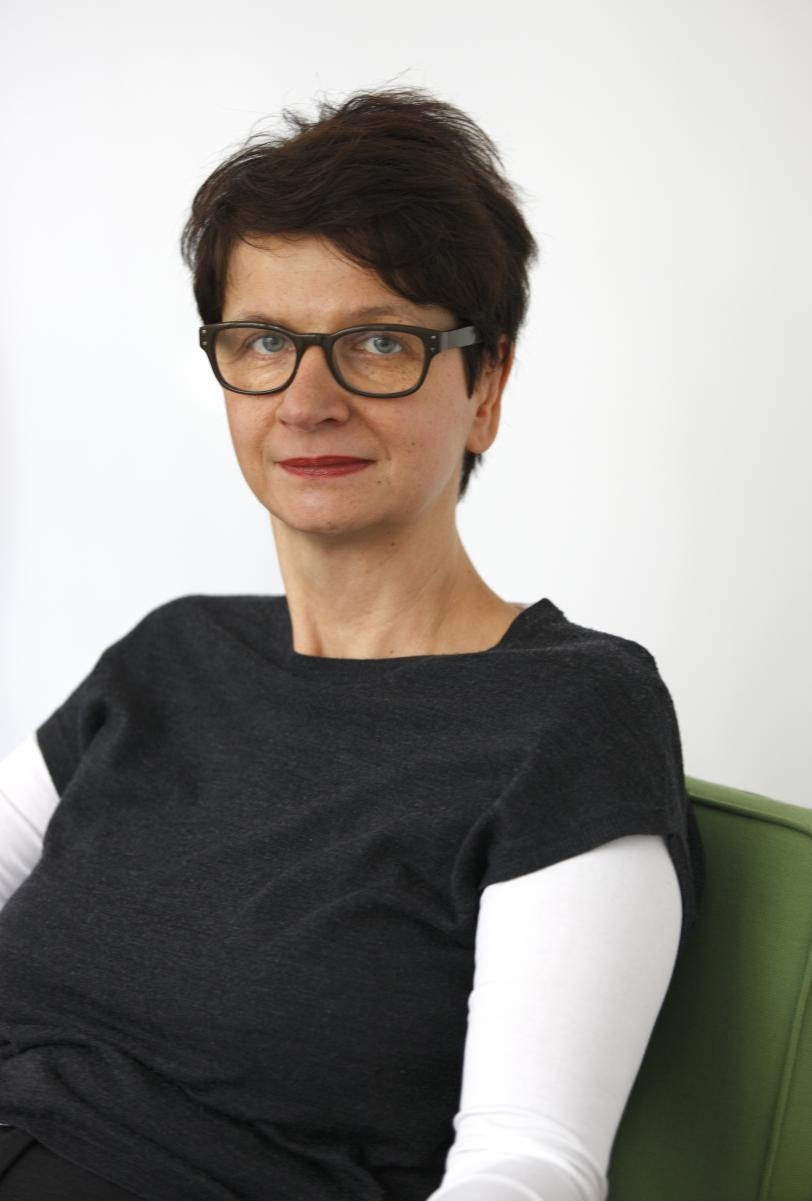Portrait of Barbara Weiss courtesy of the gallery
My friend Lionel Bovier first brought me to Barbara Weiss’s gallery. It was 1999, and the gallery occupied the front rooms of a huge Berlin altbau on Potsdamerstrasse. I was struck by the seriousness and dedication with which Barbara explained the work of Maria Eichhorn, an artist I hadn’t known but grew to greatly admire. The exhibition would have been challenging to any dealer—it consisted of Maria’s unsold works from previous shows at the gallery, displayed alongside new works. This was likely the third iteration of this protocol, which Maria and Barbara repeated four times in total over the course of six years. For each exhibition the gallery printed a color-coded card detailing the artworks’ titles and how many times they had been re-exhibited and remained unsold.
Now that we are grappling with Barbara’s loss a few weeks ago, I’ve been thinking again about this first visit, and how in this project I now recognize the person I’ve learned to love over 12 years of working together: the way she could at first appear serious to the point of intimidation, and how thorough and steadfast she was in her support of and complicity with her artists. Looking at the materials from the shows again I also marvel at her dry sense of humor, at her willingness to play along and to expose the inner workings of the gallery’s business and its inevitable “failures.” The commercial gallery system, as in the rest of the art world, thrives on a short attention span in which the new is always more exciting, and it fears nothing more than boredom and repetition. Barbara was very unusual in that she refused to get caught in this race and always encouraged us, her artists, to take our time and consider what we wanted and needed.
*Image of Maria Eichhorn invitation card via Galerie Barbara Weiss
In some way the gallery was really a family, and when Barbara turned 50 she invited her artists, friends and family to celebrate in a short holiday on the coast of Sardinia. We had a wonderful time hanging out on the beach and talking late into the night—there couldn’t have been a better way to get to know my fellow artists. Barbara was uniquely supportive of other women in her field, and as a young artist it was incredibly important to me to be part of a program that included such outstanding female artists such as Monica Baer, Rebecca Morris, Geta Brătescu and Mary Heilmann, among many others.
Barbara was a keen observer of human behavior and psychology, and she liked to discuss the important role that psychoanalysis had played in her life and her understanding of other people. She could also be extremely funny about it: I remember receiving a Nicole Eisenman exhibition invitation card that featured a drawing of a pathetic-looking child with a huge nose lying down next to her shrink with a box of tissues. Whenever I had a problem to solve or a decision to make I knew I could call Barbara. She always had a clear perspective on every situation, and gave me pitch-perfect advice.
The last time I saw Barbara she was already quite ill, but she still wanted to both find out everything that was going on in my life and give me an explanation of the historical background of Amelie von Wulffen’s paintings, which were on view at the gallery at the time. In retrospect I realize that what Barbara gave me was the best an artist could hope for, and I am incredibly thankful to have had such a wonderful woman as a gallerist and friend.

